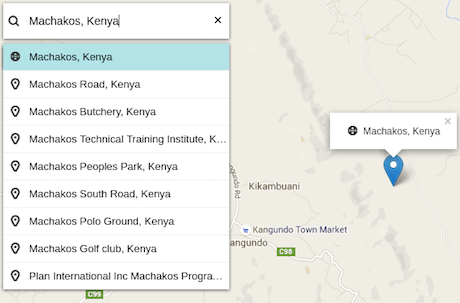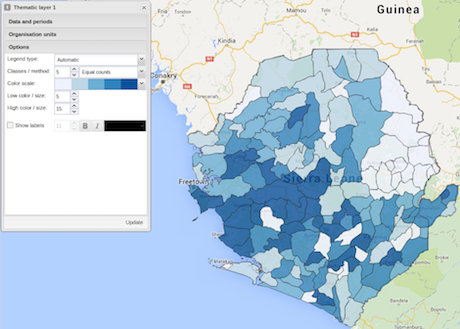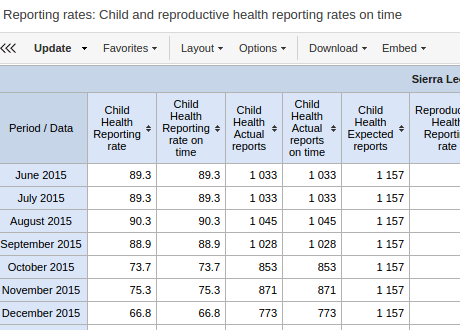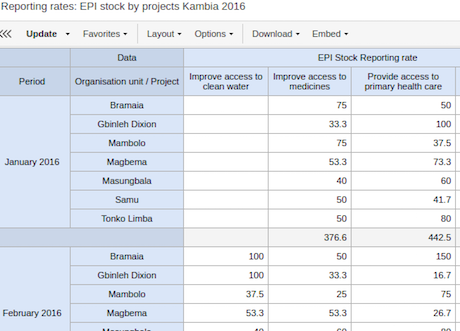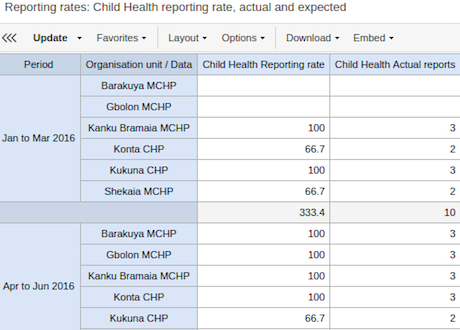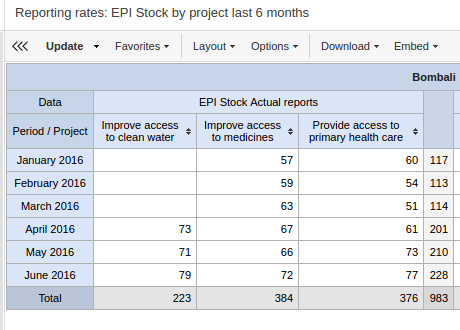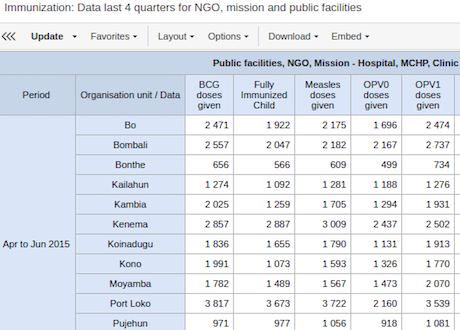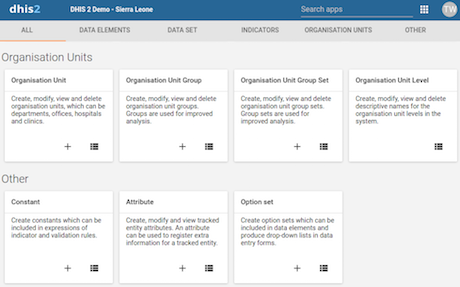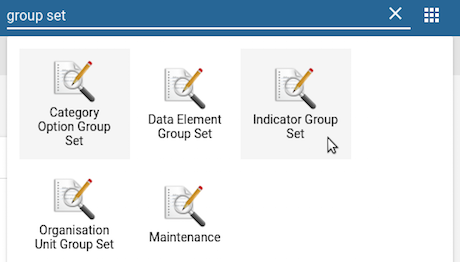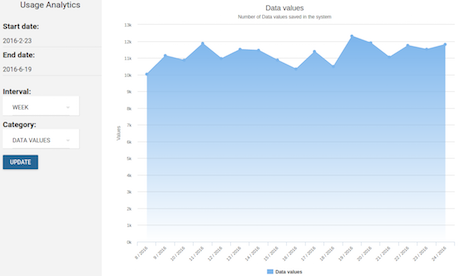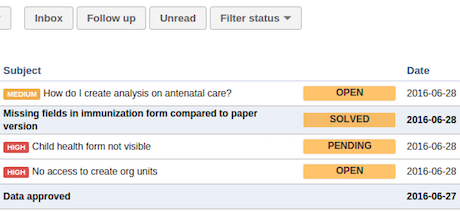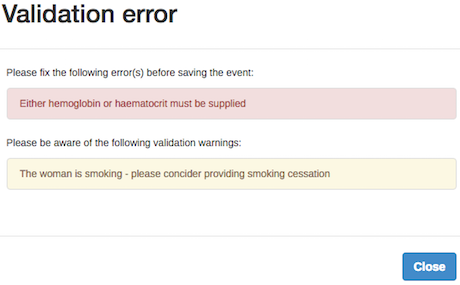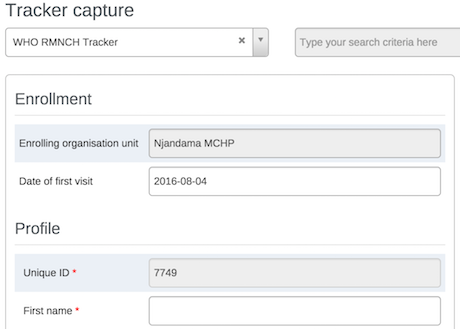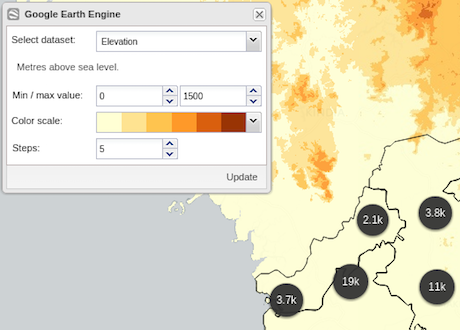
GIS layers for elevation, population density and nighttime lights
DHIS 2 now supports map layers from Google Earth Engine, which includes more than thirty years of historical imagery and scientific datasets, updated and expanded daily. So far we support three datasets, but more layers will be added in the months to come. You can find the Earth Engine layers in the top menu, next to the boundary layers. The elevation layer can be used to visualise the risk of mosquito-borne diseases. Select a color scale, minimum and maximum elevation, and the number of steps to divide your range in. The same options are available for the population and nighttime-lights layers, another indicator of where people live.
[ Screenshot 1 | 2 | 3 | 4 ] [ Demo 1 | 2 | 3 ] [Documentation]
